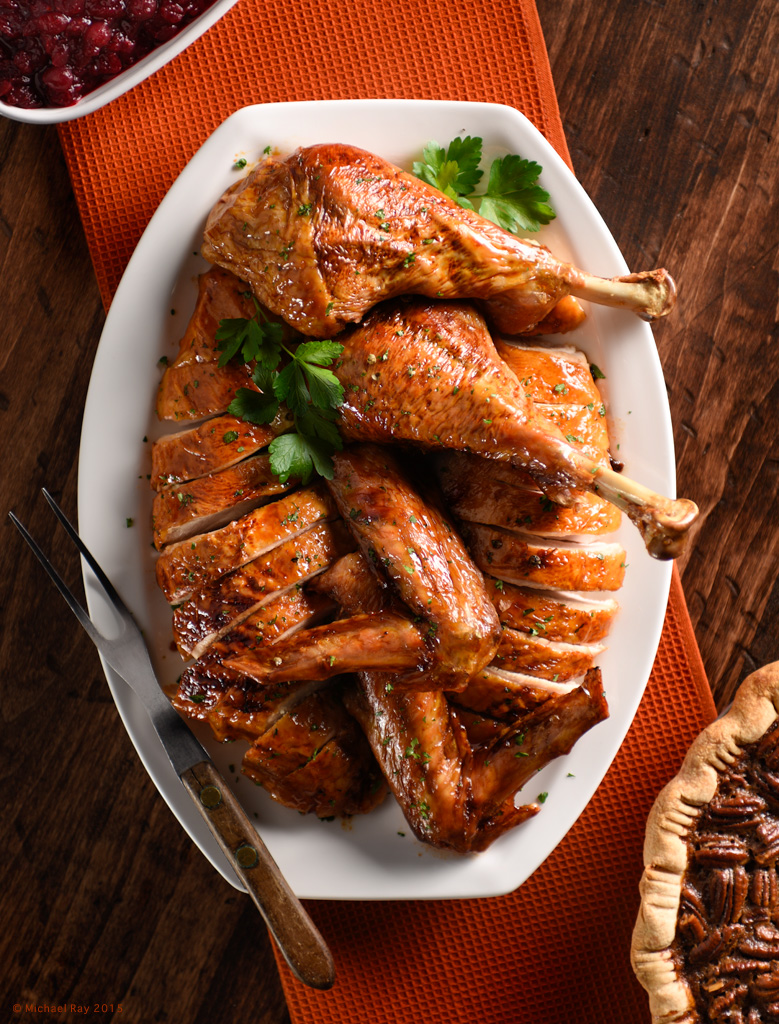A2102 Insights
Explore the latest trends and news on technology, lifestyle, and more.
Drool-Worthy Delights: Photographing Flavors
Capture the essence of taste with stunning food photography tips that will make your mouth water and your dishes shine!
The Art of Food Photography: Tips for Capturing Flavors
Mastering the art of food photography requires a keen eye for detail and a strong understanding of light, composition, and context. To begin with, consider the lighting—natural light is often the best choice as it brings out the true colors of your dishes and creates appetizing shadows. Position your food near a window or in a well-lit area to enhance its visual appeal. Additionally, think about the composition: using the rule of thirds can help create a balanced image, while incorporating textures and layers adds depth. Don’t forget to experiment with different angles; shooting from above often works well for flat lays, while side angles can accentuate height and layers in dishes.
When it comes to styling your plate, embracing color contrast plays a crucial role in food photography. Use colorful ingredients to make your dish pop, as vibrant colors draw the viewer's attention. Also, consider using simple props, such as beautiful tableware or fresh ingredients, to frame your food. Remember to keep it minimal—too many distractions can detract from the focal point. Lastly, practice patience; capturing the essence of a meal can take time. Once you’ve mastered these techniques, you’ll be well on your way to creating stunning images that not only capture flavors but also tell a delicious story.

From Plate to Picture: How to Make Your Dishes Look Irresistible
Creating visually stunning dishes is an art that can elevate your culinary experience and entice your audience. To make your plates Instagram-worthy, consider the color palette of your ingredients. Use vibrant vegetables and herbs as a garnish to create contrast against the main component. Another essential technique is layering; stack different textures to create depth in your presentation. For example, place a protein over a colorful bed of grains or sauce, allowing colors to pop and inviting your guests to dig in.
Additionally, the use of lighting and angles can't be underestimated. Natural light can enhance the colors in your food, so shoot during the golden hour for the best results. When photographing your dishes, explore different angles such as overhead or at a slight tilt to find the most flattering perspective. Consider using props and carefully curated backgrounds that complement your dish, enhancing the overall mood of the image. With these tips, you can effortlessly transform your meals from mere sustenance to stunning visual masterpieces!
10 Common Mistakes in Food Photography and How to Avoid Them
Food photography can be a delightful yet challenging pursuit, and many aspiring photographers fall into common traps that can hinder their progress. One major mistake is poor lighting; without proper illumination, even the most appetizing dishes can look unappealing. To avoid this, try utilizing natural light whenever possible, positioning your setup near windows during the day. Additionally, overlooking the background can detract from the beauty of your food. A cluttered or distracting background can steal focus from your main subject, so consider using simple, complementary backdrops to elevate your dish.
Another prevalent issue is inconsistent styling. It's essential to ensure that the presentation of your food looks deliberate and thought-out. Avoid overcrowding the plate and remember to leave some empty space to let the dish 'breathe.' Lastly, failing to experiment with angles can limit the creativity of your shots. Different dishes require different perspectives; for instance, a burger looks great head-on, while a bowl of soup shines when shot from above. Embrace trial and error to find the right angles that showcase your food in the best light.